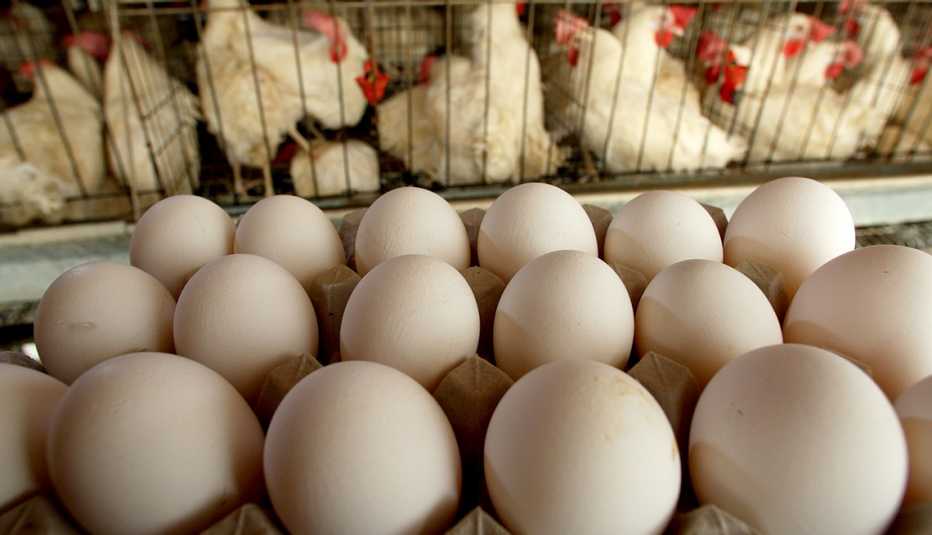AARP Hearing Center


For consumers, the return of high inflation in 2021 was about as welcome as a new COVID-19 variant. Gasoline hit an all-time high of $5.02 a gallon in June 2022; a dozen eggs sold for nearly $5 in January 2023. The government’s main gauge of inflation, the consumer price index (CPI), which increased by less than 2 percent a year on average through the 2010s, jumped up 9.1 percent for the 12 months ended June 2022.
Inflation, however, cooled to a 3.1 percent increase in the 12 months ended November 2023, closing in on the Federal Reserve’s target of 2 percent inflation. And, because the CPI tracks hundreds of items, some areas rose or fell more than others. Let’s take a look at five products and services that have seen big price drops in the past 12 months.
Energy
This is a big category because most human endeavors require energy. In November alone, the price of energy fell 2.3 percent; it’s down 5.4 percent for the past 12 months. The decline was led by fuel oil, down 19.3 percent the past 12 months, followed by gasoline, which fell 7 percent. A gallon of unleaded gas now costs an average $3.13 a gallon, according to AAA.
All of the energy market was riled by the wars in Ukraine and the Middle East, and it remains volatile. Shortly after the COVID pandemic hit, energy prices collapsed to the point where, one day in April 2020, some traders paid buyers to take oil off their hands. By March 2022, thanks to the Russian invasion of Ukraine, oil prices rose above $105 a barrel.
“Yukon Cornelius knows that Bumbles bounce, and evidently, so do gas prices,” says Andrew Gross, AAA spokesperson, referring to the crusty prospector character in Rudolph the Red-Nosed Reindeer. “Daily gas prices will likely move back and forth for the next month or so.”
Eggs
Only the increase in gas prices sparked more outrage than the big increase in egg prices. A massive avian flu outbreak killed 4.6 million chickens in 2023, sending egg prices soaring.
Egg prices peaked in January but have fallen by more than half since then, to an average $2.14 per dozen. But the bird flu is still around, and it’s spreading as wild birds migrate south. About 1.2 million chickens were slaughtered in November at an Iowa farm, according to the Associated Press.
Cheaper eggs are the best news in the food sector, where prices for many products remain stubbornly high. Poultry prices fell 0.9 percent in November but are still 1 percent higher than they were a year ago. Similarly, beef and veal prices fell 0.3 percent in November, but they are still 8.7 percent more expensive than they were a year ago.



































































More From AARP
7 Ways Retirement Income Will Be Different in 2024
Here’s what benefit and tax changes mean for your moneyAmazon Won't Let You Return These 13 Items
Before you purchase that gift, make sure you can return it.10 Answers to Grandchildren About Money
What to do about grandkids’ college, cars and moreRecommended for You